AI
OpenAI Launches “OpenAI for Countries” to Expand Democratic AI Globally
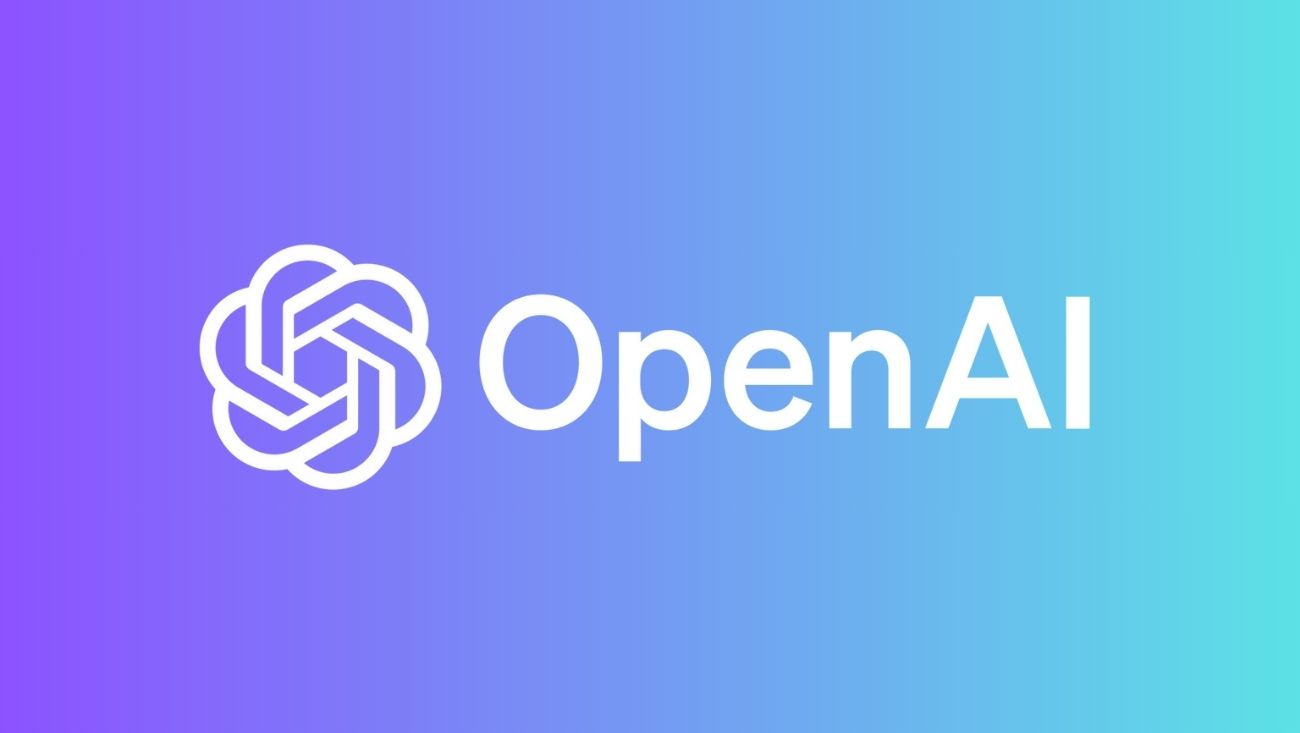
OpenAI has announced a new initiative, “OpenAI for Countries,” aimed at partnering with governments worldwide to build AI infrastructure and promote AI rooted in democratic values, countering China’s growing influence in the global AI race. Unveiled on May 7, 2025, the program seeks to help countries develop localized AI systems, focusing on sectors like healthcare and education, while ensuring accessibility and alignment with regional needs. This move positions OpenAI to expand its global footprint, leveraging AI technology to foster innovation and strengthen digital infrastructure in a way that prioritizes democratic principles over authoritarian control.
According to OpenAI’s official announcement, the initiative builds on the company’s Project Stargate, previously launched with Oracle and SoftBank to develop AI data centers in the U.S. Now, OpenAI is extending this effort internationally, collaborating with countries to establish and operate data centers that deliver customized versions of ChatGPT tailored to local languages and cultural contexts. Chris Lehane, OpenAI’s Chief Global Affairs Officer, emphasized the program’s flexibility, stating, “This will be AI of, by, and for the needs of each particular country,” ensuring a tailored approach rather than a one-size-fits-all model. This strategy aligns with OpenAI’s broader mission to democratize AI, as highlighted in its global outreach efforts.
The “OpenAI for Countries” program comes at a critical juncture, as global competition in AI intensifies, particularly between the U.S. and China. The initiative aligns with the Trump administration’s goal of ensuring U.S. leadership in AI supremacy, a priority underscored by OpenAI’s engagement with U.S. policymakers. During the AI Action Summit in Paris earlier this year, OpenAI noted strong demand from countries seeking their own versions of Project Stargate, reflecting a global appetite for AI infrastructure that supports democratic values. By partnering with nations to fund and develop these systems, OpenAI aims to counter China’s state-backed AI efforts, which often prioritize surveillance and control, offering instead a model focused on user empowerment and transparency.
The program also has significant implications for OpenAI’s business strategy, as global expansion is key to recouping the company’s substantial investments in AI development. By establishing localized AI systems, OpenAI can tap into new markets, particularly in regions where healthcare and education sectors are poised to benefit from AI-driven solutions, such as automated diagnostics or personalized learning tools. However, the initiative raises questions about the definition of “democratic AI,” with experts noting ongoing debates in the U.S. and globally over what this term entails. OpenAI’s willingness to customize ChatGPT for each country’s needs—such as adapting to local languages or regulatory frameworks—will be a critical factor in its success, especially as nations weigh whether to adopt U.S.- or Chinese-led AI systems in their digital transformation.
While the program promises to enhance global access to AI, it also positions OpenAI to expand its soft power on the international stage, as noted by Fortune. By embedding its technology in national infrastructures, OpenAI could influence global AI standards and norms, potentially giving the U.S. a strategic advantage. However, this expansion comes with challenges, including navigating diverse regulatory environments and ensuring equitable access to AI benefits across countries with varying levels of technological readiness. OpenAI has not yet disclosed specific partnerships or timelines, but the initiative is expected to roll out over the coming years, with a focus on regions eager to bolster their AI capabilities.
The “OpenAI for Countries” initiative reflects a broader trend of tech companies collaborating with governments to shape the future of AI, as seen in recent efforts by companies like Microsoft and Google to support public sector AI adoption. OpenAI’s approach, however, stands out for its emphasis on democratic values, aiming to provide an alternative to authoritarian AI models while addressing local needs. As the global AI landscape evolves, this program could redefine how countries approach AI development, balancing innovation with ethical considerations. What are your thoughts on OpenAI’s global expansion through “OpenAI for Countries,” and how might it impact AI accessibility in your region? Share your perspective in the comments—we’d love to hear your insights on this groundbreaking initiative.
AI
Revolutionary! Windsurf AI SWE-1 Models Unleashed to Transform Software Creation
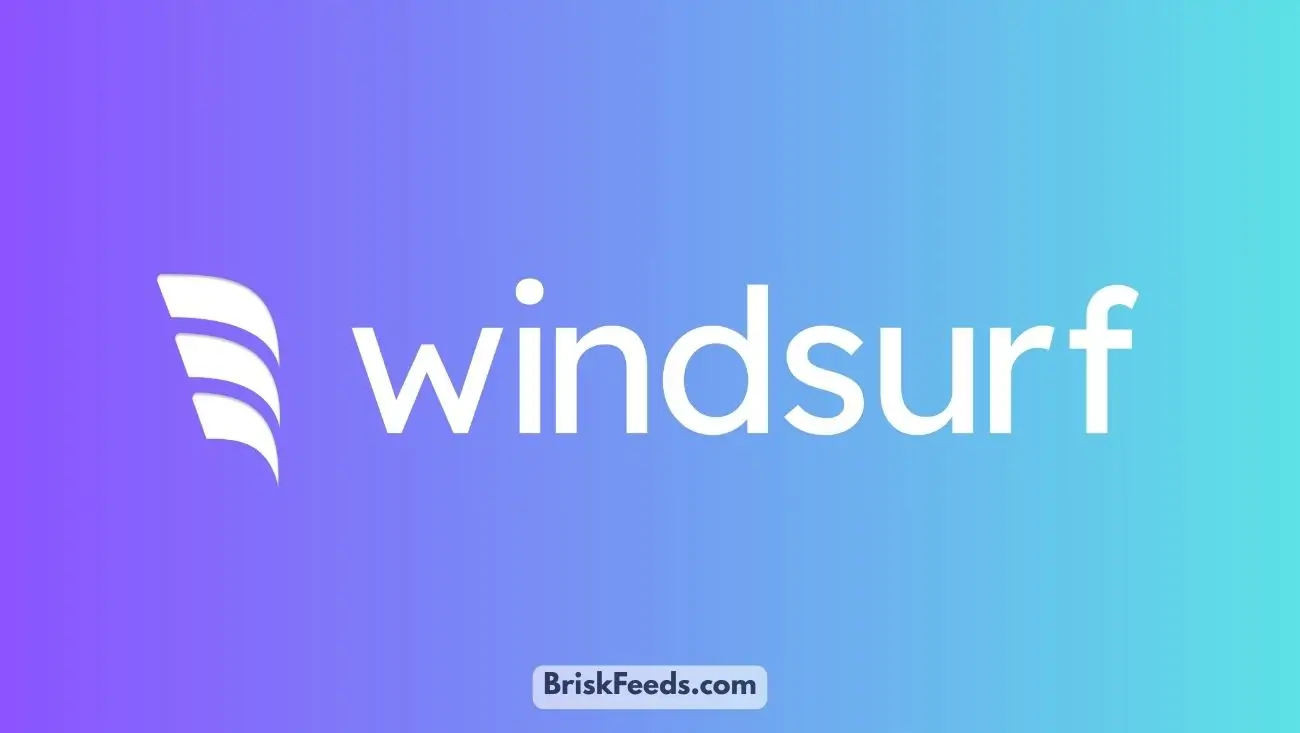
The world of software development is set to be massively shaken up with the arrival of the Windsurf AI SWE-1 models. Windsurf, a startup focused on “vibe coding,” has officially announced the launch of SWE-1 (Software Engineering 1), its own family of frontier AI models. These aren’t just another set of general-purpose AI tools; they are meticulously designed in-house to cater specifically to the complex needs of software engineers, from writing initial code to debugging and final deployment.
This launch of the Windsurf AI SWE-1 models is a significant event, signaling a new wave of specialized AI tools aimed at enhancing developer productivity and streamlining the often-intricate process of software creation. For coders and tech companies across the USA and the world, this could mean faster development cycles, more robust code, and a powerful new assistant in their daily workflows. The potential for AI to augment human capabilities in technical fields is enormous, and Windsurf is making a bold play in this arena.
What Makes Windsurf AI SWE-1 Models a Big Deal?
The Windsurf AI SWE-1 models are designed to be “software engineering-native,” meaning they are built from the ground up with a deep understanding of coding languages, development methodologies, and the common challenges faced by engineers. Unlike some general AI models that can assist with coding as one of many tasks, SWE-1 is specialized. This focus could lead to more accurate code suggestions, better bug detection, and more insightful assistance throughout the development process.
Key highlights of the Windsurf AI SWE-1 models include:
- Full Lifecycle Support: Windsurf emphasizes that SWE-1 is not just for code generation. It aims to assist across the entire software engineering lifecycle, including planning, design, testing, debugging, deployment, and maintenance.
- In-House Development: By building these models in-house, Windsurf has greater control over their architecture, training data, and alignment with the specific needs of software engineers. This can lead to more tailored and effective AI tools compared to relying solely on third-party models. This approach is becoming more common as companies seek specialized AI, similar to how YouTube is developing AI for its ad platform.
- Focus on “Vibe Coding”: While the term “vibe coding” is somewhat novel, it suggests an AI that aims to understand the developer’s intent and context more deeply, perhaps leading to more intuitive and collaborative coding experiences.
- Potential for Increased Productivity: The ultimate goal of tools like the Windsurf AI SWE-1 models is to make software engineers more efficient, allowing them to tackle more complex problems and deliver high-quality software faster.
The implications for the software industry are profound. If the Windsurf AI SWE-1 models live up to their promise, they could significantly reduce the time and effort required for many common software development tasks. This could free up developers to focus on more innovative and creative aspects of their work. It might also help to address the ongoing talent shortage in some areas of software engineering by empowering existing developers to do more. The drive for efficiency and innovation through AI is a constant in the tech world, as seen with Google’s AI-powered accessibility features.
However, as with any powerful new AI technology, there will be questions and considerations. How will these models handle highly complex or novel coding challenges? What are the implications for intellectual property if AI is heavily involved in code creation? And how will the industry adapt to tools that can automate tasks previously done by humans? These are important discussions that will unfold as the Windsurf AI SWE-1 models and similar technologies become more widespread. The ethical development and deployment of AI are crucial, a topic highlighted even in contexts like OpenAI’s model safety and transparency initiatives.
Windsurf’s decision to build its own foundation models specifically for software engineering is a bold and resource-intensive strategy. It indicates a strong belief in the unique requirements of this domain and the potential for specialized AI to deliver superior results. As businesses across all sectors increasingly rely on custom software, tools that can accelerate and improve its development will be in high demand. The impact of AI is being felt across all industries, including creative ones, as seen in the launch of an AI film company.
The release of the Windsurf AI SWE-1 models is more than just a product launch; it’s a statement about the future of software development. It suggests a future where AI is not just an auxiliary tool but a deeply integrated partner in the creation of technology.
AI
Brace Yourselves! YouTube AI Ads Will Now Hit You at Videos’ Most Exciting Moments

The way you watch videos online is about to change, as YouTube AI ads are getting a significant, and potentially very disruptive, makeover. At its glitzy Brandcast 2025 event, YouTube, owned by Google, officially announced new advertising strategies that leverage artificial intelligence, including Google’s powerful Gemini model. The most talked-about feature? Ads strategically placed during “peak moments” of viewer engagement in videos. This means just when you’re at the climax of a tutorial, the punchline of a comedy sketch, or a critical moment in a music video, an ad might pop up.
This bold move with YouTube AI ads is designed to make advertising more effective for brands by capturing viewers when their attention is supposedly at its highest. However, for many users in the USA and across the globe, this could translate to more frustrating and intrusive ad experiences. The company argues that AI will help identify these “organic engagement cues” to deliver ads that are contextually relevant and less jarring, but the proof will be in the pudding for viewers.
What These New YouTube AI Ads Mean for You
The core idea behind these new YouTube AI ads is “Peak Points.” YouTube’s AI, likely enhanced by Gemini, will analyze video content to identify moments of high viewer engagement – think laughter spikes, gasps, or moments of intense focus. Instead of just pre-roll, mid-roll, or end-roll ads, commercials could now be dynamically inserted at these very junctures. This could make ads harder to ignore, but also potentially more annoying if not implemented with extreme care.
Here’s what you need to know about the coming changes:
- Ads at “Peak Moments”: The AI will try to find natural breaks or heightened engagement points within videos to serve ads. YouTube suggests this could lead to fewer, but more impactful, ad interruptions overall for some content if it means shorter ad pods at these key times.
- Gemini-Powered Ad Experiences: Google’s Gemini AI will be used to create more “contextually relevant and engaging” ad experiences. This could mean ads that are better tailored to the content you’re watching or even interactive ad formats powered by AI.
- Focus on CTV and Shorts: YouTube is particularly emphasizing these new ad strategies for Connected TV (CTV) viewing, where it sees massive growth, and for its short-form video platform, Shorts. This indicates a push to monetize these rapidly expanding areas more effectively. This strategy to boost monetization is also seen with other platforms like Netflix rapidly expanding its ad-supported tier.
While YouTube frames these YouTube AI ads as a way to create a “better viewing experience” by making ads more relevant and less like random interruptions, many users are skeptical. The prospect of an ad appearing right at a video’s most crucial point has already sparked considerable online debate and concern. The fear is that it could disrupt the viewing flow and lead to “ad fatigue” or even drive users away. The effectiveness of AI in truly understanding nuanced human engagement without being intrusive will be a major test. Concerns about AI intrusiveness are common, even in positive applications like Google’s new AI accessibility features which aim to be helpful without overstepping.
For advertisers, however, these new YouTube AI ads present an enticing opportunity. The promise of reaching viewers when they are most attentive, combined with the power of Gemini for better targeting and creative ad formats, could lead to higher conversion rates and better campaign performance. YouTube is clearly trying to offer more value to brands in an increasingly competitive digital advertising market. This push for innovation in ad tech mirrors how other companies are leveraging AI, such as the partnership aiming to create an AI film company to optimize movie production.
The “Peak Points” ad strategy also raises questions about the future of ad-blockers and YouTube Premium subscriptions. As ads potentially become more deeply integrated and harder to skip with the help of AI, users might feel more compelled to subscribe to YouTube Premium for an ad-free experience. This could be an intentional part of YouTube’s strategy to boost its subscription revenue. The balance between free, ad-supported content and paid subscriptions is a constant challenge for platforms. Similar debates around platform policies and user experience have occurred with services like SoundCloud and its AI training policies.
Ultimately, the success of these new YouTube AI ads will depend on a delicate balance. If the AI is truly intelligent enough to identify genuinely opportune moments for ads without ruining the viewing experience, it could be a win-win. But if it leads to more frustration, it could backfire spectacularly. Viewers will be the ultimate judges when these features roll out more broadly. As AI becomes more pervasive, understanding its impact is crucial, even when it’s used for seemingly beneficial purposes like Meta AI Science’s open-source tools for research.
AI
Groundbreaking Google AI Accessibility Tools Transform Android & Chrome!

The latest Google AI accessibility advancements are poised to dramatically reshape the digital landscape for users with disabilities. Timed perfectly for Global Accessibility Awareness Day (GAAD) 2025, Google has officially unveiled a suite of powerful new features for Android and Chrome. These updates prominently feature the integration of Google’s cutting-edge Gemini AI into TalkBack, Android’s screen reader. This empowers the tool to intelligently describe images and even answer specific user questions about visual content, thereby unlocking a much richer online experience for individuals who are blind or have low vision.
This significant push in Google AI accessibility underscores a deep-seated commitment to making technology universally usable. For the vast number of Americans and global users who depend on accessibility features, these enhancements promise a more intuitive and empowering daily digital interaction. The capability of TalkBack, now supercharged by Gemini, to move beyond basic image labels and provide intricate descriptions and contextual details about pictures represents a monumental leap. Users can now gain a far better understanding of photos shared by friends, products viewed online, or complex data visualizations.
New Google AI Accessibility Features: What Users Can Expect
A standout element of this Google AI accessibility initiative is undoubtedly the Gemini integration with TalkBack. Traditional screen readers often struggle with images lacking descriptive alt-text. Now, Gemini enables TalkBack to perform on-the-fly analysis of an image, generating comprehensive descriptions. What’s more, users can interact by asking follow-up questions such as, “What is the person in the photo wearing?” or “Are there any animals in this picture?” and Gemini will provide answers based on its visual comprehension. This interactive element makes the visual aspects of the web far more accessible. These advancements mirror the broader trend of AI enhancing user experiences, seen also with OpenAI’s continuous upgrades to its ChatGPT models.
Beyond the Gemini-powered TalkBack, other crucial Google AI accessibility updates include:
- Crystal-Clear Web Viewing with Chrome Zoom: Chrome on Android is introducing a significantly improved page zoom function. Users can now magnify content up to 300%, and the page layout smartly adjusts, with text reflowing for easy reading. This is a fantastic improvement for users with low vision.
- Smarter Live Captions for All Audio: Live Caption, the feature providing real-time captions for any audio on a device, is becoming more intelligent. It promises enhanced recognition of diverse sounds and speech, along with more options for users to customize how captions appear.
- Enhanced Smartwatch Accessibility: Google is also extending its Google AI accessibility focus to Wear OS. This includes more convenient watch face shortcuts to accessibility tools and improved screen reader support on smartwatches.
These Google AI accessibility tools are not mere incremental updates; they signify a dedicated effort to employ sophisticated AI to address tangible challenges faced by individuals with disabilities. Developing such inclusive technology is paramount as digital platforms become increasingly integral to all facets of modern life, from professional endeavors and education to social engagement and e-commerce. This commitment to using AI for societal benefit offers a refreshing contrast to concerns about AI misuse, such as the proliferation of AI-generated deepfakes.
The positive impact of these Google AI accessibility updates will be widespread. For people with visual impairments, the Gemini-enhanced TalkBack can make a vast amount of previously out-of-reach visual information accessible, promoting greater autonomy. For individuals with hearing loss, the upgraded Live Caption feature ensures better comprehension of video content, podcasts, and live audio. Similarly, users with low vision or dexterity issues will find the improved zoom and Wear OS functionalities make interactions smoother and more efficient. This dedication to accessibility is commendable, akin to how Meta AI Science is championing open access to scientific tools for broader benefit.
Google’s strategy of integrating these powerful features directly into its core products, Android and Chrome, ensures they are available to the broadest possible user base. This mainstreaming of accessibility is a significant statement and sets an important precedent for the technology industry. It highlights a growing recognition that accessibility is not a peripheral concern but a core tenet of responsible and effective technology design. As AI continues to advance, its potential to assist accessibility grows, though it simultaneously brings new ethical considerations, as seen in discussions around AI’s role in the film industry.
The GAAD 2025 announcements are a testament to Google’s ongoing dedication to building inclusive products. While these new Google AI accessibility tools represent a major stride, the path toward a completely inclusive digital environment is one of continuous improvement. User feedback and relentless innovation will be crucial for refining existing features and pioneering new solutions to meet the diverse needs of all users.
-
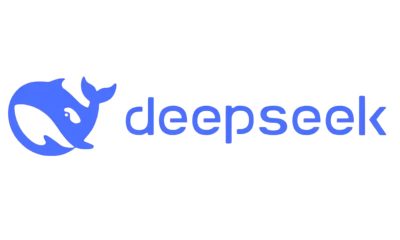
 AI3 months ago
AI3 months agoDeepSeek AI Faces U.S. Government Ban Over National Security Concerns
-

 Technology2 months ago
Technology2 months agoiPhone 17 Air and Pro Mockups Hint at Ultra-Thin Future, Per Leaked Apple Docs
-

 AI2 months ago
AI2 months agoGoogle Gemini Now Available on iPhone Lock Screens – A Game Changer for AI Assistants
-
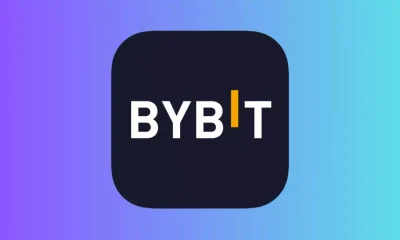
 Technology3 months ago
Technology3 months agoBybit Suffers Record-Breaking $1.5 Billion Crypto Hack, Shaking Industry Confidence
-

 Technology3 months ago
Technology3 months agoPokémon Day 2025 Celebrations Set for February 27 With Special Pokémon Presents Livestream
-
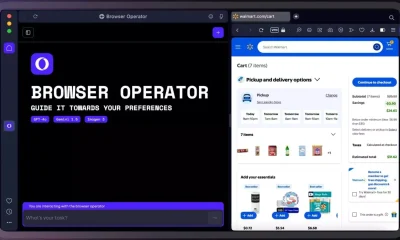
 AI2 months ago
AI2 months agoOpera Introduces AI-Powered Agentic Browsing – A New Era for Web Navigation
-

 Technology2 months ago
Technology2 months agoApple Unveils New iPad Air with M3 Chip and Enhanced Magic Keyboard
-

 AI2 months ago
AI2 months agoChina’s Manus AI Challenges OpenAI with Advanced Capabilities
